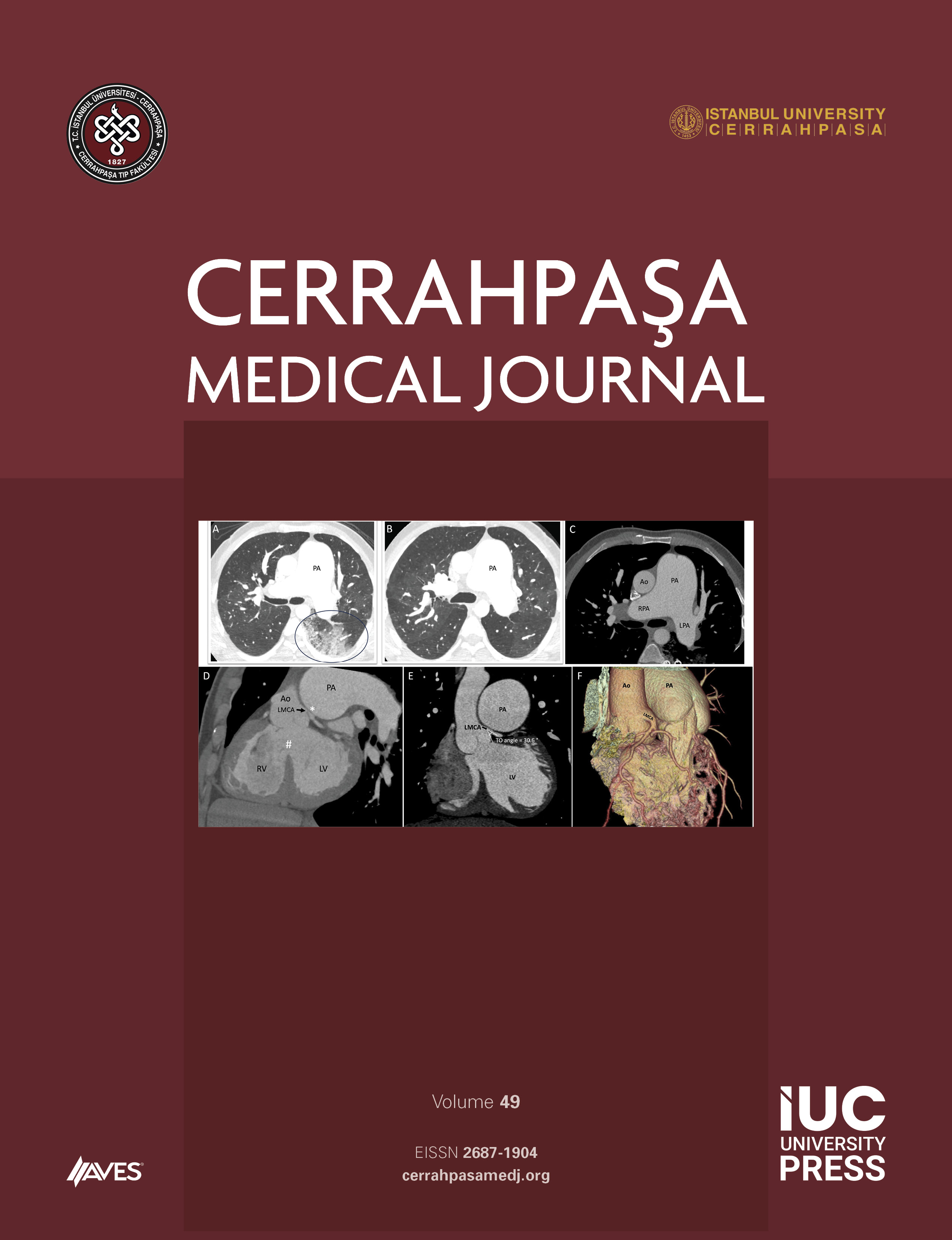Objective: This study assessed the status of dynamic thiol/disulfide balance (Dt/dB) among pregnant women throughout pregnancy in order to examine the possible interaction between iron deficiency anemia (IDA) and oxidative stress (OS).
Methods: The investigation was designed as a prospective cohort study at the Obstetric Care Service of the Haseki Training and Research Hospital (Istanbul). Ninety pregnant women were divided into 2 groups: 45 with IDA and 45 without this condition. They were also placed into first-, second-, and third-trimester groups, with 15 participants in each group. The study gathered sociodemographic information and conducted analyses on blood samples to assess circulating (Dt/dB) status, ferritin, iron, total iron-binding capacity, and other pertinent hematological and biochemical factors.
Results: There were no notable disparities observed in the thiol/disulfide equilibrium between pregnant women with or without IDA. Nevertheless, notable disparities were determined when comparing circulating disulfide values, as well as reduced thiol ratio (RTR) and thiol oxidation-reduction ratio (TORR) in relation to ferritin levels. Women with ferritin levels <20 µg/L exhibited considerably lower circulating disulfide values and significantly higher RTR and TORR values.
Conclusions: Pregnant women with low levels of circulating ferritin show signs of heightened OS, as demonstrated by changes in Dt/dB measures. Tracking ferritin levels offers a more precise evaluation of OS, indicating that ferritin is a crucial indicator for OS in this specific group. It is crucial to conduct additional studies using larger and more similar groups in order to confirm these findings and enhance clinical results for both mothers and their infants.
Cite this article as: Turhan Karakuş H, Çetin A, Sivas MC, Özdemir Anayurt E, Özbey S. Serum oxidative stress biomarkers of iron deficiency anemia in the first, second and third trimesters of pregnancy: a prospective cohort study. Cerrahpaşa Med J. 2024;48(3):259-266.



